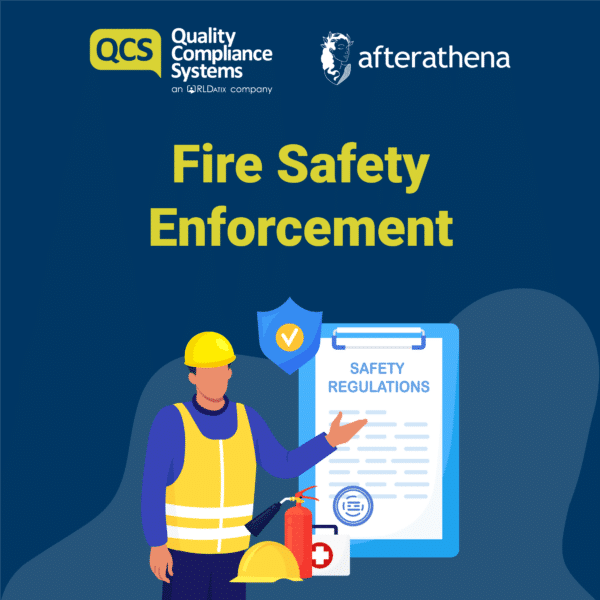Fire safety enforcement continues to remain high on the regulatory agenda. Fire safety is enforced by the local Fire and Rescue Authority. It is an offence to fail to comply with any of the duties or requirements imposed by the Regulatory Reform (Fire Safety) Order 2005 where this gives rise to a risk of fatality or serious injury in case of fire. Additional offences can include the failure to comply with enforcement, alteration or prohibition notices.
The maximum penalty for an offence under the RR(FS)O in England and Wales is an unlimited fine and/or imprisonment for up to two years. In Scotland, under the Fire (Scotland) Act 2006, the maximum fines and imprisonment are similar.
Powers of the Enforcing Authority
The enforcing authority can serve alteration notices for premises where the alterations would give rise to serious risks. The responsible person would be required to notify the fire authority of any changes to the premises before they take place.
The enforcing authority can serve enforcement notices requiring the responsible person to fix a specific failure with suitable measures within a specified time.
The enforcing authority can also serve prohibition notices for serious risks, that will immediately prohibit the use of all or part of the premises.
The enforcing authority can also issue deficiency notices; these tend to be informal and are advisory. However, if such a notice is ignored, a more formal enforcement notice could be served.
What should you do?
Ensure there is a written allocation of management responsibility for all matters relating to fire safety and that there are written fire safety arrangements.
You should appoint a competent source of fire safety advice.
You should ensure a suitable and sufficient fire risk assessment is carried out by a competent person and recorded in full including the name of the person carrying out the fire risk assessment and their organisation. The Fire Sector Federation (FSF) details two principal methods by which people can demonstrate their competence in fire risk assessing:
- Professional body registration scheme, such as the Institute of Fire Safety Managers (IFSM) and their Tiered Fire Risk Assessors Register
- Certification by a certification body that is UKAS accredited for the activity, such as the BAFE SP205
You should ensure that the findings of this fire risk assessment are acted upon and that the assessment has considered all parts of your premises and activities. You should ensure any other building users are involved and that persons especially at risk have been identified. You should ensure you have a written effective emergency plan.
Staff should be trained in fire safety and your procedures to be followed in the event of a fire. Any fire safety equipment such as fire alarms, emergency lights, fire extinguishers and fire doors, for example, should be maintained.
Your fire risk assessment should then be reviewed periodically or when the matters to which it relates have changed.




